White tea, often regarded as the “champagne of teas,” holds a distinguished place in the world of beverages. Renowned for its delicate flavor, minimal processing, and potential health benefits, this ancient brew has captivated tea enthusiasts and health-conscious individuals alike. But what exactly is white tea? How does it differ from its counterparts like green, black, or oolong tea? This article delves into the origins, production methods, varieties, and cultural significance of white tea, shedding light on why it has earned its reputation as a luxury elixir.
A Historical Tapestry: The Birth of White Tea
The story of white tea begins in China’s Fujian Province, a region celebrated for its lush mountains, misty climates, and fertile soil—ideal conditions for cultivating tea. Historical records trace its emergence to the Tang Dynasty (618–907 CE), though it gained prominence during the Song Dynasty (960–1279 CE) when it became a tribute tea reserved for royalty. Unlike other teas, white tea was initially crafted from the unopened buds of the Camellia sinensis plant, which were steamed and dried to preserve their pristine appearance. This method, rooted in simplicity, aimed to capture the essence of freshness and nature.
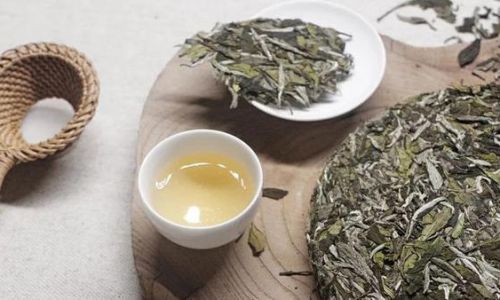
The term “white tea” itself refers to the silvery-white hairs (known as trichomes) that cover the buds, giving the dried leaves a luminous, almost ethereal appearance. Early iterations were rare and expensive, often presented as gifts to emperors or exchanged in diplomatic missions. Over centuries, production techniques evolved, but the philosophy of minimal intervention remained central to its identity.
The Art of Craftsmanship: How White Tea Is Made
What sets white tea apart is its minimalistic processing, which retains more of the tea plant’s natural compounds compared to oxidized varieties like black tea. The production process involves two primary steps: withering and drying.
- Plucking: Only the youngest buds and sometimes the adjacent leaves are harvested, typically in early spring. The timing is critical—plucking begins at dawn when the dew evaporates, ensuring the leaves are neither too moist nor too dry.
- Withering: The freshly picked leaves are laid out in natural sunlight or indoors in cool, well-ventilated spaces. This step gently removes moisture while allowing enzymes to initiate subtle oxidation. However, unlike oolong or black tea, oxidation is halted early to preserve the tea’s light profile.
- Drying: The withered leaves are baked at low temperatures to eliminate residual moisture, preventing mold and stabilizing the flavor. This step is executed with precision to avoid overcooking, which could compromise the tea’s delicacy.
The result is a tea with a subtle, floral aroma and a pale, golden liquor. The absence of rolling or bruising during processing ensures the leaves retain their shape, contributing to the visual appeal of loose-leaf white tea.
Varieties of White Tea: A Spectrum of Flavors
While all white teas share common traits, regional variations and plucking standards give rise to distinct categories:
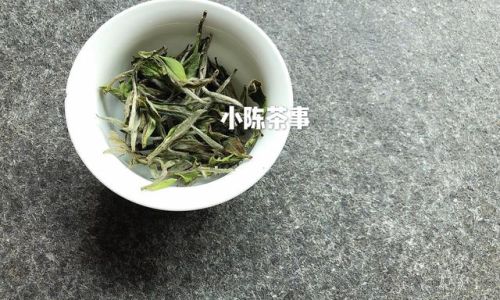
- Silver Needle (Bai Hao Yinzhen): The crème de la crème of white teas, Silver Needle is made exclusively from the unopened buds of the tea plant. Each bud is handpicked, resulting in a tea with a silky texture, honeyed sweetness, and a lingering floral finish.
- White Peony (Bai Mu Dan): Crafted from one bud and the first two leaves, White Peony offers a fuller body and a balance of floral and vegetal notes. It is slightly more oxidized than Silver Needle, yielding a warm, hay-like aroma.
- Tribute Eyebrow (Gong Mei) and Longevity Eyebrow (Shou Mei): These varieties use larger leaves and stems, often harvested later in the season. They have a robust flavor profile with notes of dried fruit and a hint of earthiness, making them more affordable alternatives to premium grades.
Health Benefits: Nature’s Elixir
White tea’s allure extends beyond its taste—it is a powerhouse of antioxidants and bioactive compounds. Studies suggest that its minimal processing preserves higher concentrations of catechins (such as epigallocatechin gallate, or EGCG) compared to other teas. These compounds are linked to:
- Antioxidant Activity: Neutralizing free radicals, which may reduce the risk of chronic diseases.
- Cardiovascular Support: Improving cholesterol levels and blood vessel function.
- Skin Health: Combating oxidative stress, a key factor in aging and skin damage.
- Stress Reduction: The amino acid L-theanine, found in white tea, promotes relaxation without drowsiness.
Additionally, white tea contains less caffeine than black tea but more than green tea, offering a mild stimulant effect ideal for those seeking alertness without jitters.
Brewing Rituals: Unlocking the Perfect Cup
To savor white tea’s nuances, proper brewing is essential:
- Water Temperature: Use water heated to 175–185°F (80–85°C) to avoid scorching the delicate leaves.
- Tea-to-Water Ratio: 1–2 grams of tea per 8 ounces of water.
- Steeping Time: 2–3 minutes for the first infusion, with subsequent infusions increasing by 30 seconds.
Oversteeping can result in bitterness, so patience is key. White tea pairs exceptionally well with light dishes, such as seafood salads or fresh fruit, as its subtlety complements rather than overpowers.
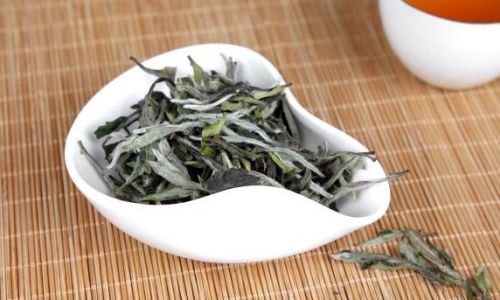
Cultural Significance: A Symbol of Purity
In Chinese culture, white tea symbolizes purity, elegance, and resilience. Its minimal processing mirrors the Taoist principle of wu wei (effortless action), emphasizing harmony with nature. During tea ceremonies, white tea is often served to honor guests, its pale hue reflecting humility and respect.
Globally, white tea has emerged as a symbol of luxury, with boutique brands sourcing rare batches from Fujian’s high-altitude gardens. Its rising popularity in Western markets underscores a broader shift toward artisanal, health-focused beverages.
Sustainability and Ethics: The Future of White Tea
As demand grows, concerns about sustainability arise. Climate change poses risks to tea-growing regions, while unethical labor practices threaten the livelihoods of pickers. Consumers increasingly seek certifications like Fair Trade or Rainforest Alliance, ensuring their purchase supports equitable wages and environmental conservation.
Conclusion: The Timeless Allure of White Tea
White tea is more than a beverage—it is a testament to the art of simplicity. From its ancient origins in China’s misty mountains to its modern-day status as a global wellness icon, this tea embodies the balance between nature and craftsmanship. Whether sipped for its health benefits, cultural resonance, or sheer sensory pleasure, white tea invites contemplation, urging us to slow down and savor life’s subtlest treasures.
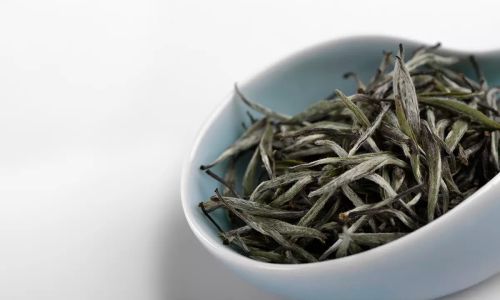
As the world embraces mindfulness and sustainability, white tea stands as a bridge between past and present—a reminder that true luxury lies not in complexity, but in the purity of a single leaf.

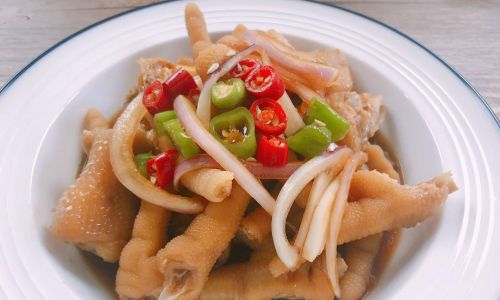
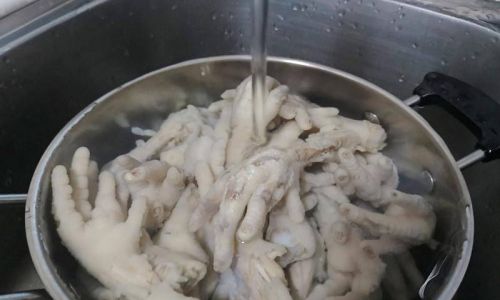
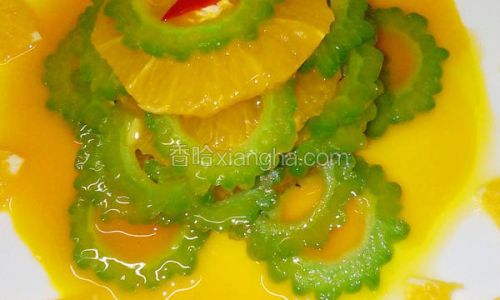
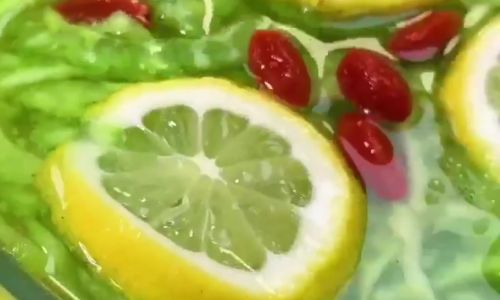
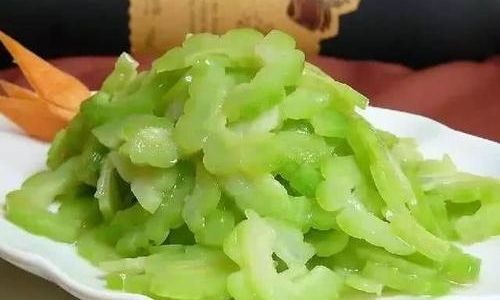
0 comments